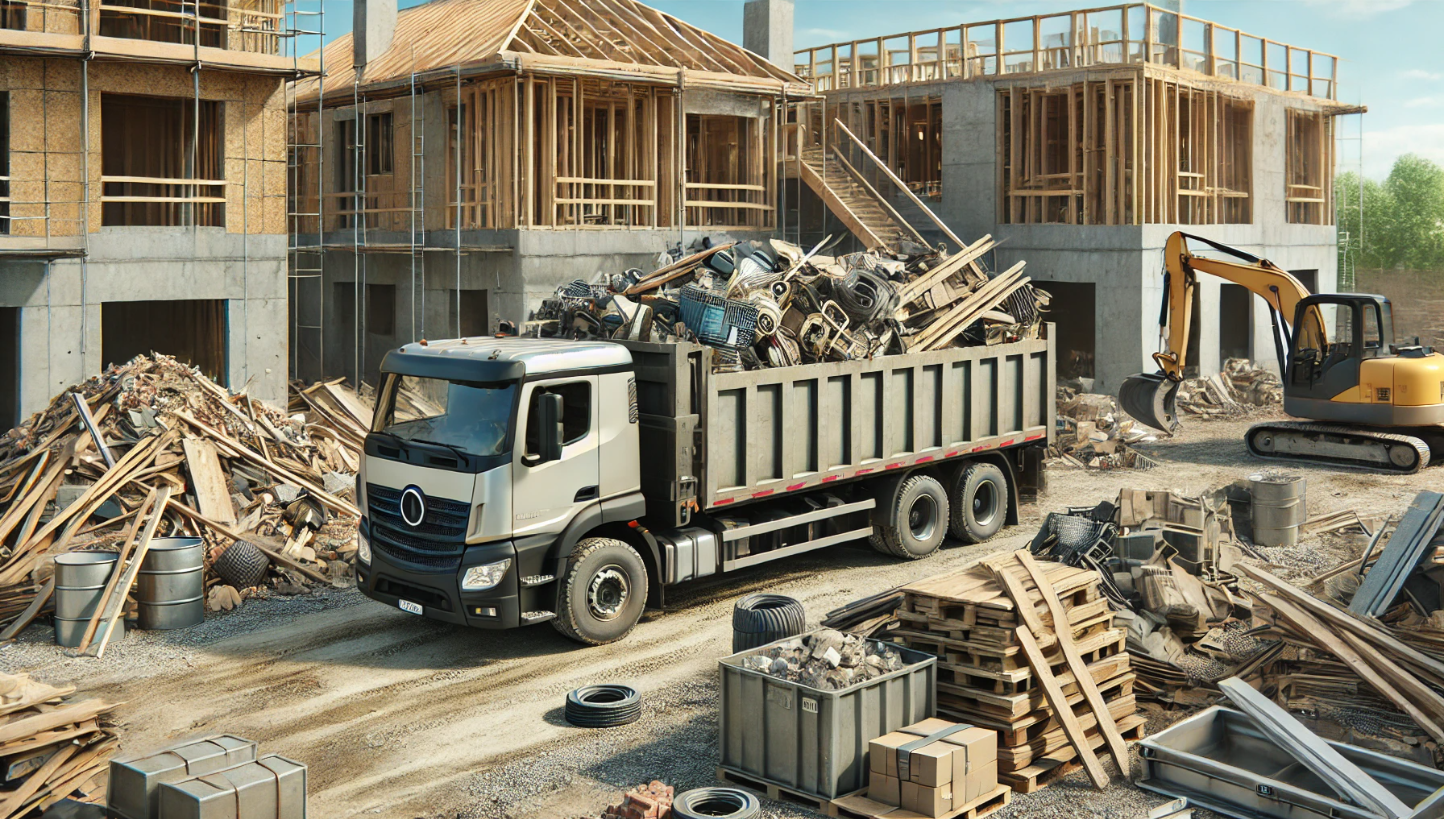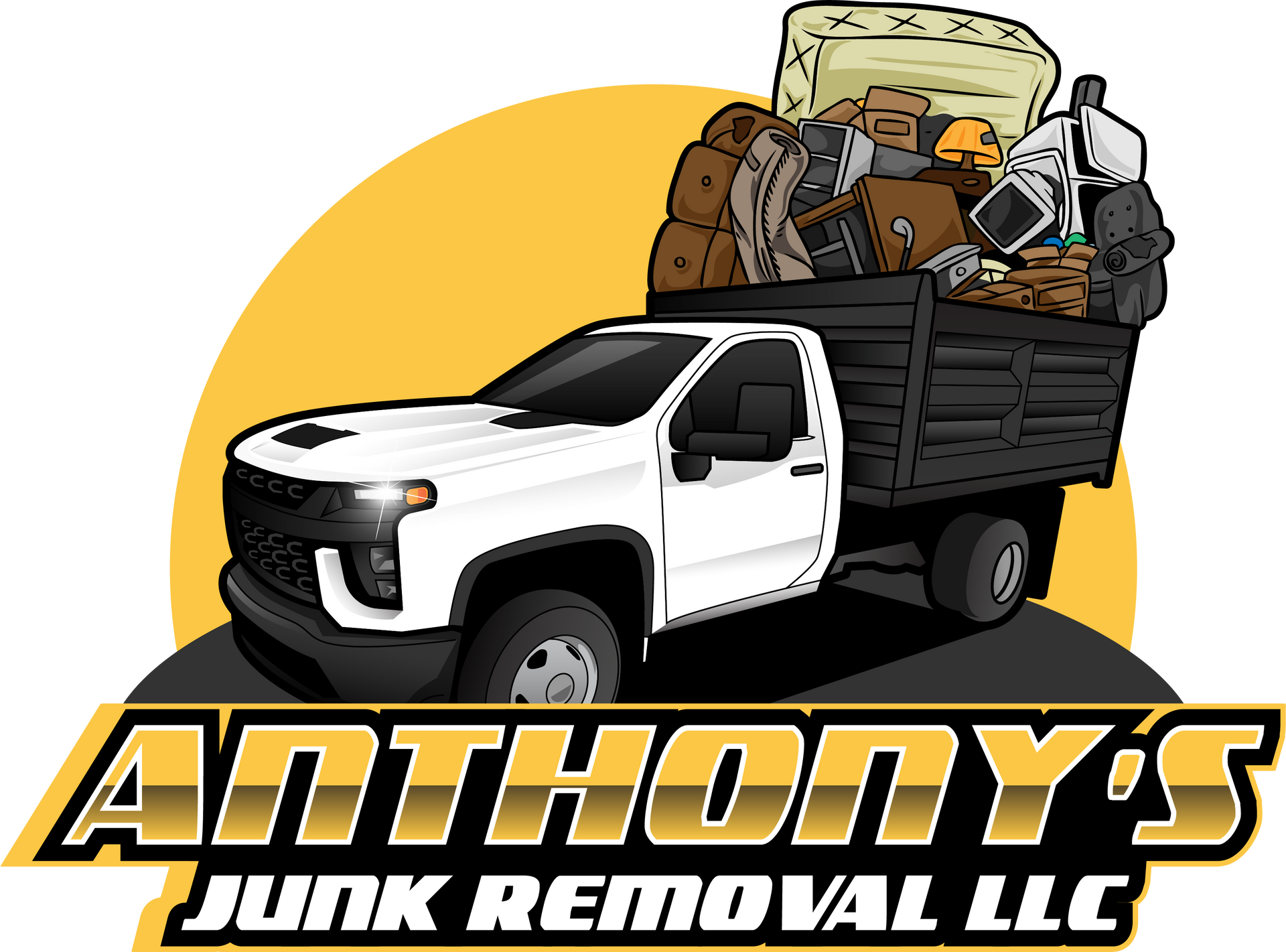
Construction Debris Removal – Simplifying Your Site Cleanup
Construction projects, whether large or small, generate a significant amount of debris that can quickly pile up and hinder progress. Proper construction debris removal is essential to maintain a safe, organized, and efficient worksite. This guide will walk you through the benefits of professional debris removal, eco-friendly disposal practices, and practical tips to keep your project on track.
Why Construction Debris Removal is Essential
Managing construction waste effectively is not just about cleanliness—it’s about efficiency, safety, and sustainability.
Key Benefits:
- Improves Safety: Reduces risks of injuries caused by cluttered work areas.
- Boosts Efficiency: A clean site ensures smoother workflows and reduces delays.
- Ensures Compliance: Proper waste disposal aligns with local regulations.
- Supports Sustainability: Recycling and eco-friendly practices minimize environmental impact.
Steps for Efficient Construction Debris Removal
1. Develop a Waste Management Plan
- Identify the types and quantities of waste your project will produce.
- Allocate specific areas for sorting materials on-site.
2. Separate Materials
- Sort items into categories: recyclables, donations, and trash.
- Use clearly labeled bins or designated areas for each type.
3. Schedule Regular Cleanups
- Don’t wait until the end of the project to remove debris. Regular cleanups keep the site safe and organized.
4. Hire Professional Services
- Engage experienced debris removal companies that specialize in construction waste.
5. Prioritize Eco-Friendly Practices
- Choose providers that emphasize recycling and sustainable disposal methods.
Types of Construction Debris
| Debris Type | Examples | Disposal Methods |
|---|---|---|
| Concrete and Asphalt | Broken slabs, pavement, bricks | Crushing for reuse, recycling centers |
| Wood | Plywood, framing lumber, pallets | Recycling, reuse for construction |
| Metal | Steel, aluminum, copper | Scrap metal recycling facilities |
| Drywall | Sheetrock, plasterboard | Specialized recycling or disposal |
| Hazardous Materials | Paint, adhesives, solvents | Certified hazardous waste facilities |
| General Trash | Packaging, plastic sheets | Landfill or incineration |
Eco-Friendly Construction Debris Disposal
Sustainable construction practices can significantly reduce the environmental footprint of your project.
Recycling Opportunities:
- Concrete: Crushed into aggregate for reuse in new construction.
- Wood: Repurposed into furniture or mulch.
- Metal: Sent to recycling facilities for new products.
- Drywall: Recycled into new sheetrock or used in soil amendments.
Safe Handling of Hazardous Waste:
- Never mix hazardous materials like paint or chemicals with regular debris.
- Partner with licensed facilities for proper disposal.
Donation Options:
- Usable materials, such as excess wood or fixtures, can be donated to nonprofits like Habitat for Humanity.
Benefits of Hiring Professional Construction Debris Removal Services
Professional services streamline the cleanup process and ensure compliance with disposal regulations.
What They Offer:
- Heavy Lifting: Experts handle bulky and heavy materials safely.
- Efficient Sorting: Professionals separate recyclables and hazardous waste.
- Cost Savings: Avoid renting equipment or paying landfill fees.
- Eco-Conscious Disposal: High rates of recycling and minimal landfill use.
FAQs About Construction Debris Removal
1. What materials can be recycled from construction waste?
- Commonly recycled items include concrete, wood, metal, and asphalt.
2. How do I handle hazardous construction waste?
- Work with certified hazardous waste facilities to ensure safe disposal.
3. Can I reuse materials from my site?
- Yes! Many items, such as wood and concrete, can be repurposed for new projects.
4. How much does construction debris removal cost?
- Costs vary depending on the volume and type of debris. Contact local providers for a quote.
5. Are debris removal services available for small-scale projects?
- Absolutely. Many companies offer tailored services for projects of all sizes.
Quick & Reliable
We are available by phone or email
Danbury, CT
Cities we service
Services
All Rights Reserved | Anthony's Junk Removal LLC
